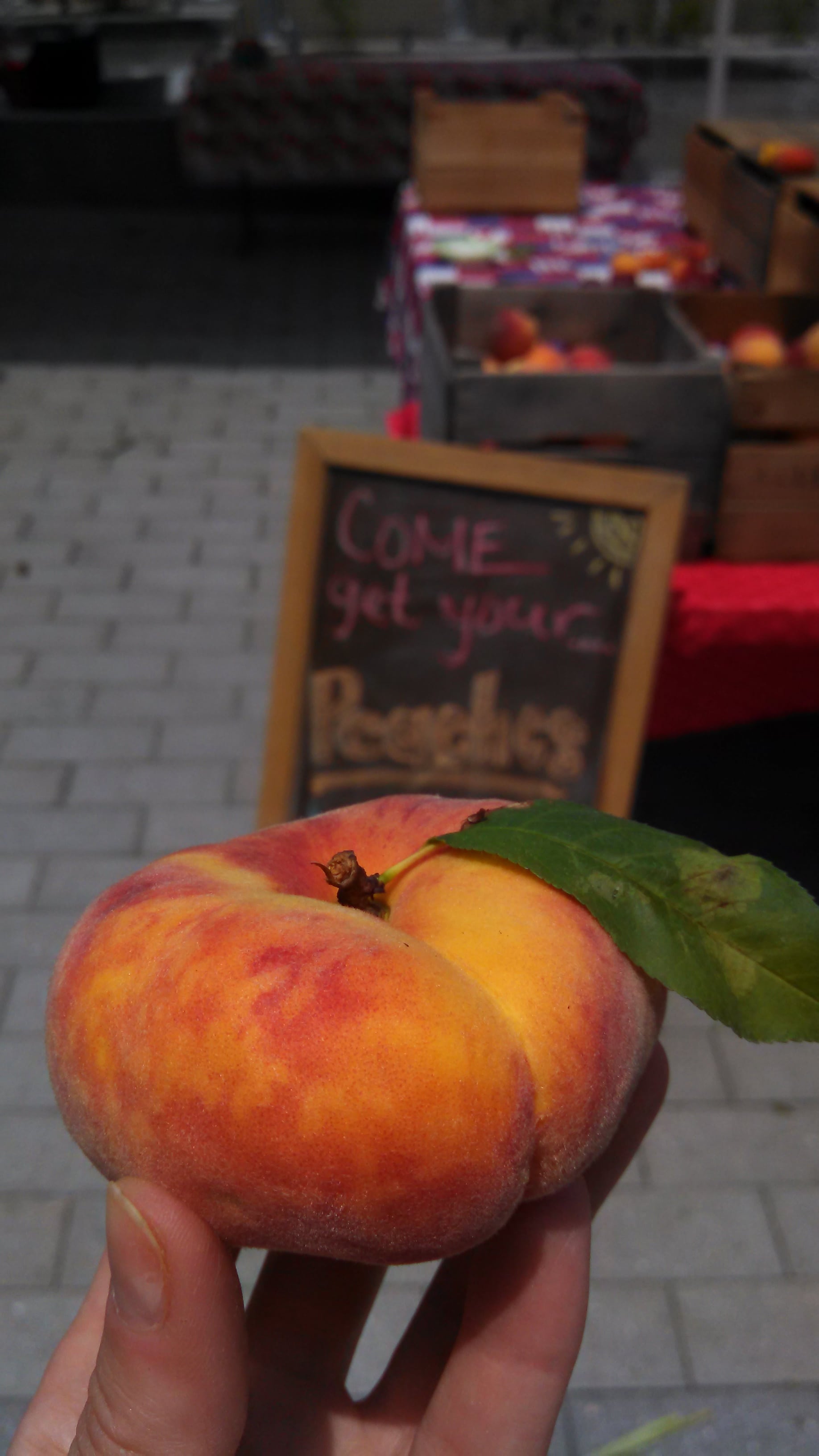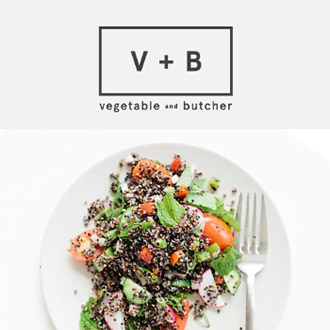As summer comes to an end, use the bountiful produce to create some awesome juice and smoothie combos!
In January, I taught a class at Williams-Sonoma about juicing using a few of their recipes – later, I wrote this post chronicling a friend’s experiment with juicing, and offered 5 guidelines for using juicing as part of a healthy lifestyle. It’s a post I still get hits on and questions about! So as an extension, below is a short Q&A where I answer questions posed by Williams-Sonoma, just in time for prime local juicing season.
1. You use many different fresh ingredients in your recipes. What are the top 3 ingredients that you like/would like to juice, and why?
- Flavor elements like ginger and parsley – fresh herbs have similar micronutrient content to dark leafy greens – lots of Vitamin A & K!
- Something sweet – peaches are one great addition that gives great flavor, and are incredibly juicy when ripe (which is now!)
- Low-sugar veggies like cucumber and celery – very refreshing, and aren’t too sweet
2. Some people use juices to replace a meal. What are your thoughts on meals being replaced by juices? Is there anything you would recommend to someone who replaces a meal with juice and how they can receive the right amount of nutrients?
This is a great question – in my previous post, I noted that replacing meals with juice leaves you at risk of not getting enough fiber. The most satiating meals also have a good amount of protein. To get the right balance of vitamins, minerals, protein, carbs, and fat, I recommend using juice as a part of a well-rounded meal, not a replacement. I also love this idea – recipes from the pulp!
3. You have a passion for using natural products when it comes to skin care. Juicing has become popular among many different communities, one being the beauty community. What are your thoughts on juicing for skin concerns? What are some ingredients that you would recommend for someone who is trying to maintain healthy glowing skin?
Juicing can be great for skin – or it can be not so great. Spiking blood sugar is harmful to several body systems, including your skin, which is why people with diabetes can have issues with their complexion. That’s why having a high-sugar fruit juice is problematic. On the other hand, vitamins A, C, and E are powerhouses for skin repair – green juice (like the one in the pic above) will be loaded with A & C, and a handful of almonds has over 30% of your daily vitamin E – plus, they’ll help keep blood sugar down!
And because I also love a good way to use food ON skin, try using the lemon to brighten skin on your face and hands – you can use half a lemon after squeezing juice out to apply! (Just be careful to avoid your eyes.)
Check out the Williams-Sonoma juicers to compare function and price here!












